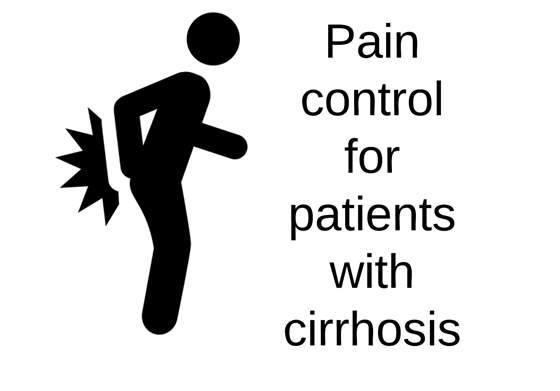Here’s a great reference for anyone interested in learning more from @AMEE_Online & @MedTeachJournal:
doi.org/10.3109/014215…
Cognitive load = the amount of mental energy that it takes to learn new information or perform a task.
Cognitive load theory proposes that we have a limited amount of mental energy available, and optimizing it makes it easier for us to function.
1. Intrinsic load
2. Extraneous load
3. Germane load
These components can be altered to make a task easier or harder to perform.
For example, some topics (glomerulonephritis, renal tubular acidosis, immunology, etc) are inherently more difficult to learn – this is at least partially due to their high intrinsic cognitive load.
Examples of high extraneous load include unorganized presentations, bad audiovisual materials, & external distractions (e.g. ambient noise)
Germane load isn’t bad. It can be beneficial for learners to struggle to learn material; however, the goal is for learners to create a cognitive schema for future use.
Intrinsic load = WHAT content is being taught
Extraneous load = HOW the INSTRUCTOR is teaching the material
Germane load = HOW the LEARNER is processing the information so that it can be more easily remembered in the future
Let’s discuss some concrete examples of how to do this.
1. Simplify material (do they REALLY need to know all those details in your slides?)
2. Modify content based on learner level (don’t use the same slides to teach med students, residents & fellows)
1. Creating slides and/or chalk talks with mostly images and minimal words
2. Eliminating material unrelated to learning objectives (e.g. superfluous stories)
3. Reduce distractions (e.g. phones/pagers beeping, side conversations, etc)
1. Provide or have learners create cognitive schemas (shout out @CPSolvers & @DxRxEdu)
2. Have learners apply material to different problems (allows generalization of material)
3. Prompt learners to explain their reasoning
Richard Mayer has written a lot of literature on this topic, and here’s one of his papers:
doi.org/10.1207/S15326…
Patient handoffs:
doi.org/10.1207/S15326…
Procedural skills training:
insights.ovid.com/crossref?an=00…
How have you used cognitive load theory in your teaching or clinical work?
@VarunPhadke2 @gradydoctor @CarlosdelRio7 @Armstrws @ReenaHem @DxRxEdu @BSchwartzinSF @EmilyAbdoler @CPSolvers @karenlawmd @MDdreamchaser @Darcy_ID_doc @DocWoc71
1. A course you teach
2. Your next lecture
3. Teaching in the clinic
4. Teaching on the wards
I look forward to sharing more from my courses w/ @uicdme @mededdoc @YoonSooPark2 @JanetRiddleDME














